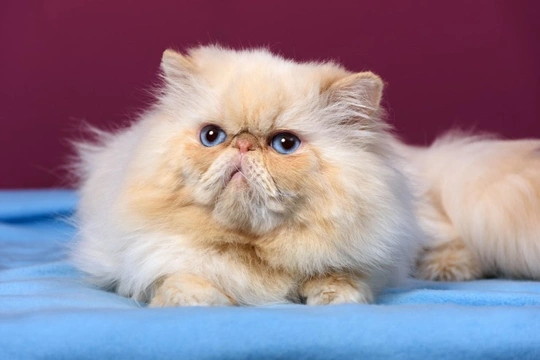
Cryptorchidism in Cats
The term “cryptorchid” might sound like the name for some exotic species of flower, but the reality is in fact rather different-it refers to testicles that have not descended from the body in the normal way, and so, that are not present in their correct place!
Whilst this is not something that most cat owners will ever find themselves faced with, the condition is not exactly uncommon either, and in male cats, one or both testicles failing to descend normally is something that vets see a few times a year when examining juvenile cats.
But why does cryptorchidism occur, is it a problem, and what happens next if your own cat is diagnosed with undescended testes? In this article, we will look at some of the issues that cryptorchidism in cats can cause, and what can be done about it. Read on to learn more.
More about cryptorchidism
The medical definition of cryptorchidism is when either one or both of the testes fail to descend entirely or partially. Generally, the testes descend down into the cat’s scrotum before they are born, although this may not be evident until the kitten is several weeks old as they are so small.
However, if either one or both of the testes fails to descend, they are then retained somewhere along the journey, and so are present within the body rather than either being where they should be, or being absent entirely.
Exactly where the testes get retained can be variable, but commonly they end up in the inguinal canal, or the pathway that carries the spermatic cord from within the body to the testicles when they are in their normal place. In more complex presentations of the condition, they may have failed to begin their descent at all, and so can sometimes be found within the cat’s abdomen.
It is important to identify where the testes are if they have not descended properly, and this can be achieved by a combination of methods that may include physical palpation of the abdomen, ultrasound scanning and X-rays.
What sort of cats can be affected?
Cryptorchidism only affects male cats of course, but other than that, virtually any male can be affected. There is potentially a hereditary aspect to cryptorchidism, although this has not been fully explored, and so it is not possible to predict whether or not any given cat will be born with the condition.
It is more common for just one testicle to be retained than both, and between 1% and 2% of all male kittens will be born with the condition affecting either one or both testes. Whilst the condition can affect any breed or type of cat, the Persian breed tends to have a slightly elevated chance of developing the condition above others.
Why does cryptorchidism occur?
There is widely thought to be a hereditary element to cryptorchidism in cats, as evinced by the fact that the condition tends to be more prevalent within the Persian cat breed than others. However, the condition is by no means common across the Persian breed either, and within any given litter, it is highly unlikely for more than one cat in the litter to be born with cryptorchidism.
It is by no means firmly established that cryptorchidism occurs due to hereditary causes, however; iit may happen in whole or in part due to a problem or issue in the cat’s development whilst they are still in the womb, and so whether or not the condition will occur in any given cat is not something that can be predicted, nor prevented if it is going to happen.
What can be done about it?
Kittens will usually be examined by the vet a few times before they reach their first birthday, such as for their vaccinations and microchipping, and of course, their neutering operation itself. This means that most vets will pick up on the condition early on, and advise you of how to proceed.
If your vet cannot see and feel the testes in the right place when examining your cat, they will need to find out where they are using the methods outlined above, and then decide how to proceed.
Cryptorchidism is something that usually has to be dealt with rather than left alone, for various different reasons.
First of all, the cat will need to be neutered, and even if you did not plan to neuter your cat, it is important to resolve the issue as the undescended testes may strangulate inside of the body, or cause other invisible issues that can be dangerous to your cat.
In order to remove the testes, your vet will have to perform an internal operation, which is of course more complex than simply neutering a cat whose testicles are in the right place! This means that the operation will be longer and more expensive than a standard cat castration, although the surgery is rarely particularly dangerous and generally totally successful.



